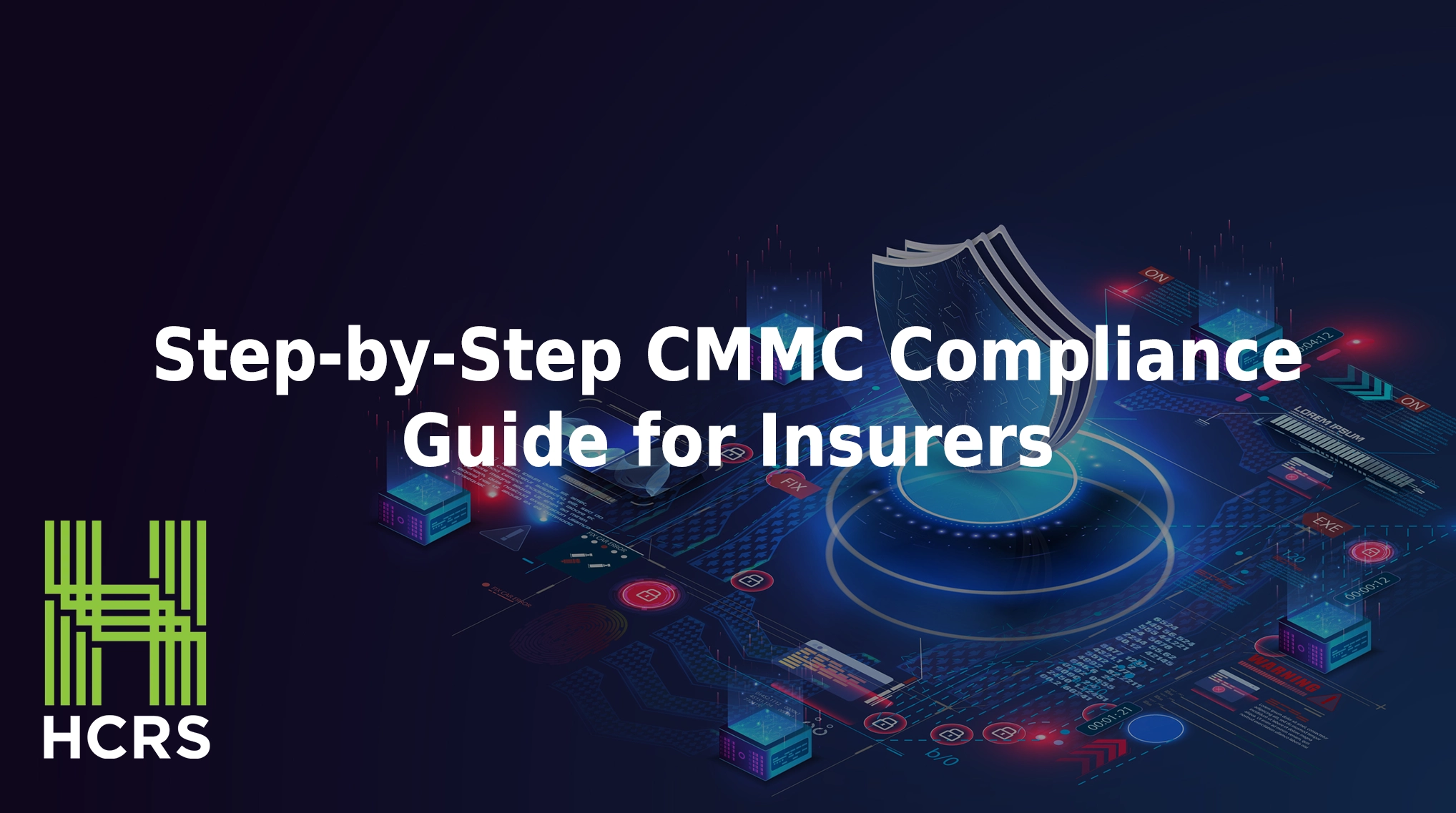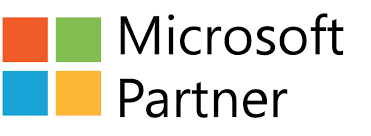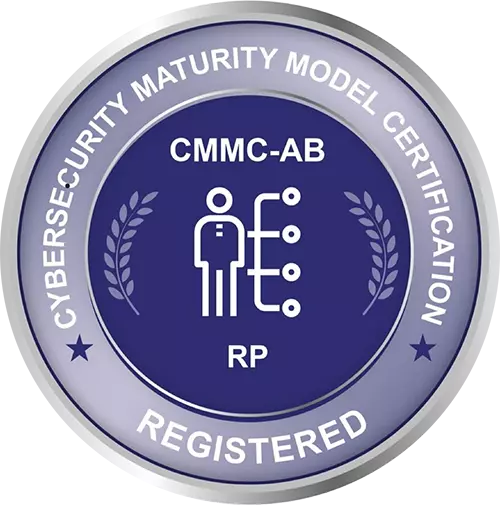
Step-by-Step CMMC Compliance Guide for Insurers
The Cybersecurity Maturity Model Certification (CMMC) is a unified standard implemented to protect government data across the Defense Industrial Base (DIB). While primarily applied to defense contractors, insurance companies must also meet its requirements if they manage sensitive government information or partner with defense contractors that do. Below, we provide a step-by-step CMMC compliance guide for insurers to refer to when addressing their own cyber improvements.
Understanding CMMC and Its Relevance to Insurers
CMMC integrates various cybersecurity standards and best practices into a comprehensive framework, requiring organizations to implement specific controls based on the types of data they manage — for example, Federal Contract Information (FCI) versus Controlled Unclassified Information (CUI).
Steps to Compliance
1. Determine Your Required CMMC Maturity Level
CMMC 2.0 consists of three maturity levels. Based on the sensitivity of your government data, and the nature of your contracts, you will need to meet requirements under:
Level 1 (Foundational), which focuses on basic practices to protect FCI.
Level 2 (Advanced), which aligns with NIST SP 800-171 requirements for protecting CUI.
Level 3 (Expert), which applies to organizations with critical national security information that requires advanced cybersecurity.
2. Conduct a Gap Analysis
Perform a comprehensive assessment of your current cybersecurity posture against the requirements of your CMMC maturity level. This analysis identifies existing gaps and the types of improvements you’ll need to make.
3. Develop an Action Plan
Based on your gap analysis, create a detailed plan outlining necessary steps to address any infrastructure deficiencies. This plan should include resource allocation, timelines, and the affected personnel.
4. Implement Required Controls
Execute your action plan by implementing the necessary cybersecurity controls and practices. This may involve updating policies, deploying new technologies, and enhancing employee training programs.
5. Document Policies and Procedures
Maintain thorough documentation of all cybersecurity policies, procedures, and practices. Proper documentation is crucial for demonstrating compliance when you submit to an audit by a CMMC Third-Party Assessment Organization (C3PAO).
6. Conduct Internal Assessments
Perform internal audits to evaluate the effectiveness of implemented controls and ensure readiness for formal assessments. Internal assessments help identify and rectify issues proactively before you obtain an official audit.
7. Engage With a C3PAO
For Level 2 and Level 3 certifications, organizations must undergo C3PAO assessments. These organizations have been vetted and certified by The Cyber AB, the official accreditation body for CMMC.
8. Maintain Continuous Compliance
Achieving CMMC certification is not a one-time effort. Establish continuous monitoring and improvement processes to maintain compliance and adapt to evolving cyber threats.
HCRS Can Prepare You for CMMC
HealthCare Resolution Services offers specialized support to insurance companies that are navigating the complexities of CMMC compliance. Here are some of the key services that we offer.
Expert Consultations: We provide insight into CMMC requirements that are particularly relevant to the insurance industry.
Gap Analysis: We conduct a thorough assessment to identify current gaps in your compliance and develop an actionable remediation plan.
Implementation Support: We establish necessary security controls and policies to achieve compliance.
Continuous Monitoring Solutions: We offer tools and services for ongoing compliance monitoring and documentation management.
Need Help With Compliance?
We’re here to help you achieve CMMC compliance, safeguard your data, and maintain government contracts. When you’re ready, contact us to learn more about a customized program.










